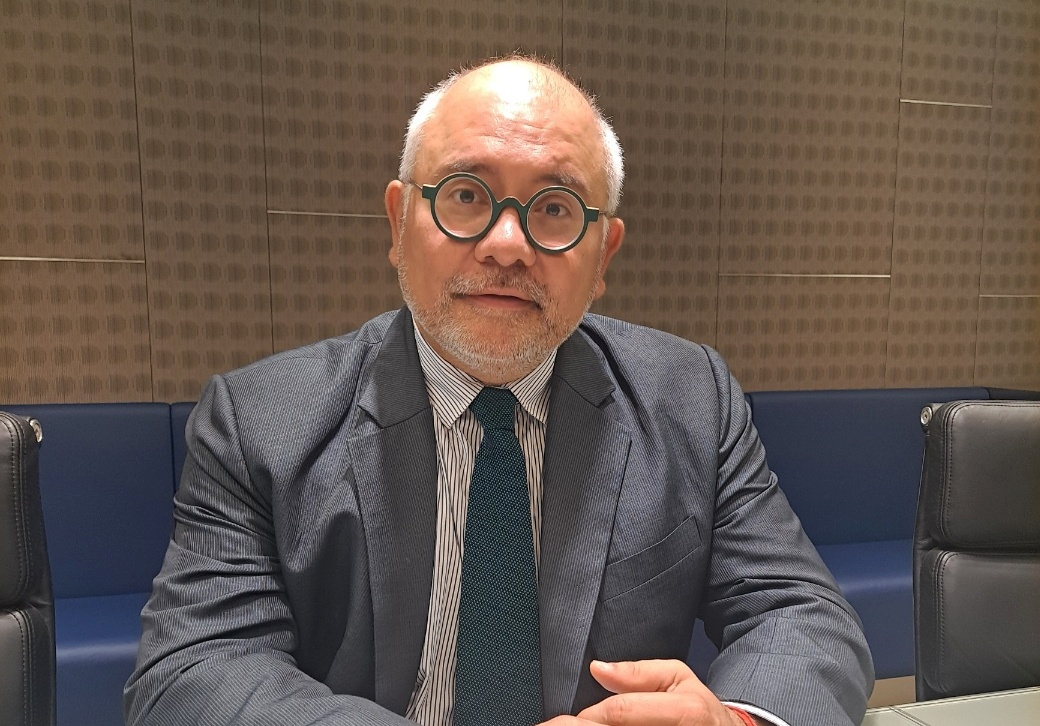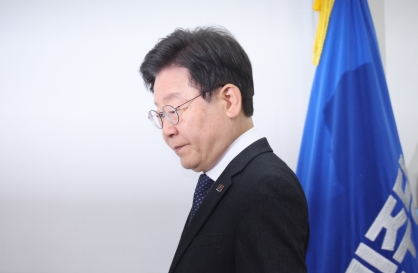 |
Diego Iribarren, director of Modelling and Scenarios at S&P Global Market Intelligence (S&P Global Market Intelligence) |
China’s economic slowdown could deteriorate more than initially projected, increasing the strain on Korea’s export-reliant growth in the short term, an economist from S&P projected.
“The number one issue (in China) has to do with private sector debt and over-leveraging. That is a problem that has been building for more than a decade," Diego Iribarren from S&P Global Market Intelligence said in an interview held in the company’s office in central Seoul on Sept. 19.
While the Chinese economy has been struggling to make a recovery, the government's previous efforts to provide liquidity have caused debt issues across the market. China's total debt is currently estimated to be at around 280 percent of its gross domestic product.
Iribarren said that growing uncertainty in the Chinese financial market could drag down Korea's economic growth by a total of 0.35 percent, from now to the second quarter of 2025. Earlier this month, S&P Global projected Korea's GDP to grow by 1.4 percent for 2023 and 2.3 percent for 2024.
“In this scenario, the Korean economy would grow a little slower -- (with the) same trajectory as the baseline, but a little slower. It would fall lower than the baseline, though not by a significant (amount),” he said.
If the Chinese economy further worsens beyond the baseline scenario, as projected by Iribarren, Korea's exports will likely take a blow.
"(The impact) will be felt but it will be small," Iribarren said, referring to Korea's efforts to lower its export dependence on China.
In September, S&P Global said it expects China to log real GDP growth of 5 percent this year and 4.6 percent next year. Though the figures seem relatively high, considering the world economy is projected to grow by around 2 to 3 percent this year, they are low for China, which saw over 8 percent growth in 2021.
The slowdown in the Chinese economy will likely increase the financial stress on the Korean economy, and lead to marginal depreciation of the Korean won, Iribarren said.
The Korean won, often treated as a proxy of the Chinese yuan, tends to weaken when the value of the Chinese currency plummets.
"We foresee some financial stress in China, Korea and Japan. The (Chinese stock market) index is going to decline, which is very normal. It is part of the economic cycle," he said.
On the other hand, the weakened economy could help bring prices down, Iribarren said. Lower prices can help major economies, including Korea, tame inflation.
“For net commodity importers like Japan and Korea, that is good news because it means there will be a short window of opportunity where they can buy cheaper commodities,” he said.
For China to return to its baseline scenario, meaning that the risk assumptions suggested by the S&P are solved out, the Chinese government and the private sector need to correct the snowballing debt problem, Iribarren said. He gave "another year and a half at the very least" as a probable timeline.
"We view this to be a temporary scenario,” he added. "In our scenario, we have a down cycle ... that lasts at least until 2025. In 2026, it begins to go back to the baseline."
With more than 25 years of experience in the field, Iribarren is director of modeling and scenarios at S&P. Based in Madrid, he is in charge of overseeing economic forecasting modeling.







